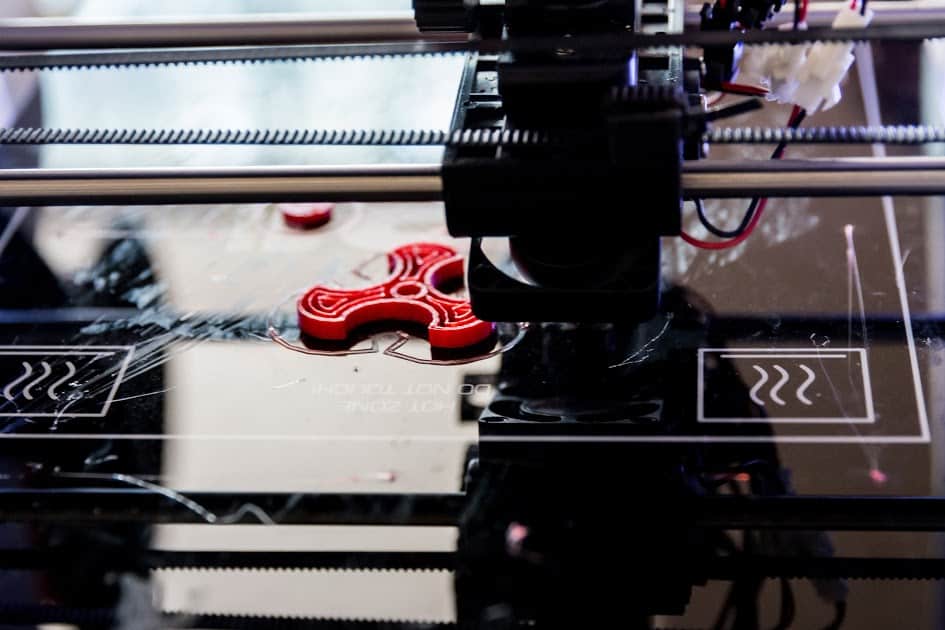Our Summer Camp Programs are conducted on a weekly basis. Students should feel free to take as many weeks of a given program as desired, as the instruction is tailored to each individual’s experience and skill level. Based on enrollment, students in each program are also placed in different sections based on their grade level.
Parents, caregivers, and families will see their children’s projects on Fridays.
Chess Academy
Chess helps develop critical thinking skills; improve academic performance; and build sportsmanship, self-confidence, and discipline.
Each chess camp session includes a fun mix of formal instruction, practical exercises, and playing opportunities. There will be separate sections for beginning and intermediate players. Intermediate players will take their games to the next level by learning strategies, practicing tactics, and preparing for and participating in a chess tournament on Friday.
For students entering Grades 1 and up in the Fall.
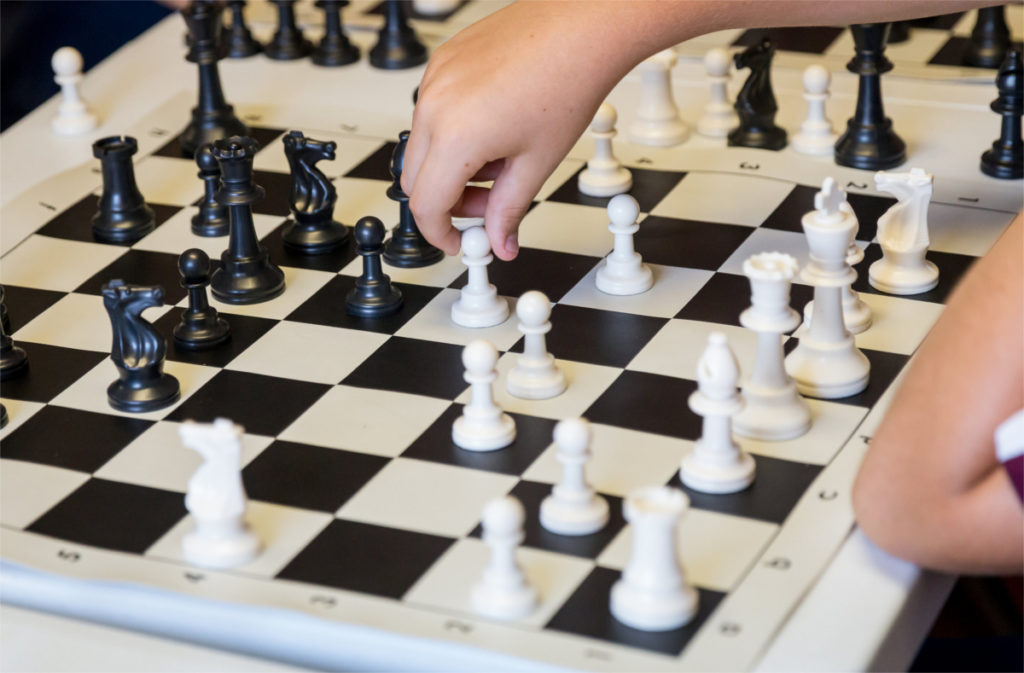
Code Academy
Our Code Academy track is designed to expose students to both the study and use of computer science. Students can learn about programming, video game design and 3D Video Gamemaker, app development, digital arts and 3D design/3D Printing.
We provide laptops for the students in these programs.
Coding
Students learn the basics of programming at their own pace as they are introduced to MIT’s Scratch, which is designed specifically for ease of use by children, employs click-and-drag colored command blocks to program simple animations and games.
Each week there are separate sections for new and returning students with different exercises and projects.
Entering Grades 1 and up in the Fall.
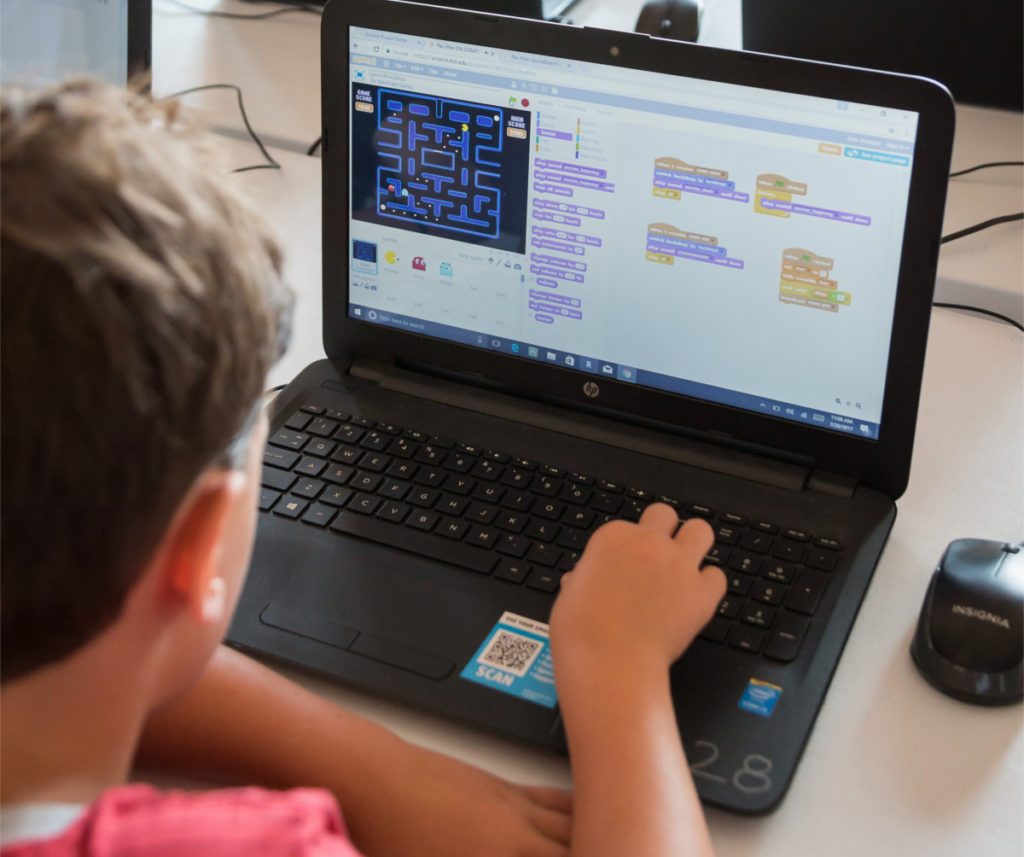
AI Coding for Kids
Students are introduced to AI through hands-on activities using predictive data models. Students will practice making their own predictions and learn about data categorization and sorting while building programs with MIT’s Scratch.
Each week there are separate sections for new and returning students with different exercises and projects.
Entering Grades 2 and up in the Fall.
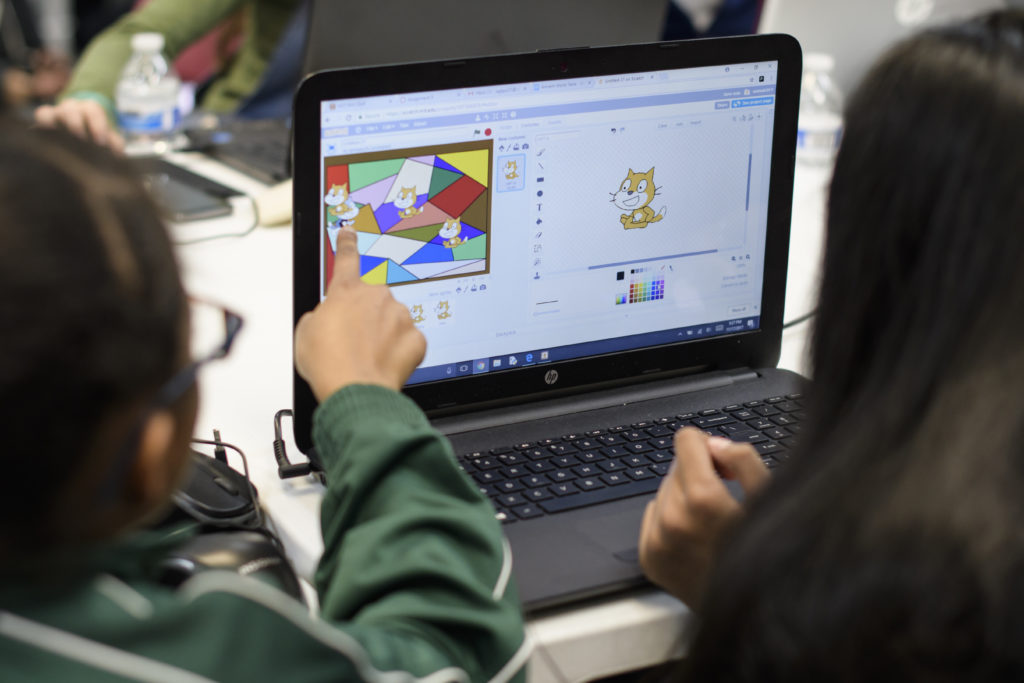
Video Game Design
Students are introduced to video game design where they will combine their creativity, storytelling skills with coding and strategy in order to create their world and characters create original games that are fun to play, not too easy to win, not too hard to lose and pleasing to the eyes. Returning students can continue to build upon their existing games or embark on new projects.
Entering Grades 1 and up in the Fall.
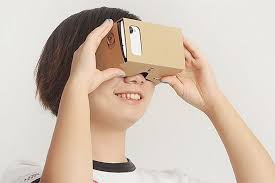
App Development
Students progress from users to actual builders of their own fully functional apps. In our course, we use MIT App Inventor and other user-friendly software to introduce students to app development. MIT App Inventor employs a simple click-and-drag programming language that lets students develop and export various software projects as applications on different Android platforms. Because it uses a similar programming architecture, our App Development course is an excellent sequel or complement to our Scratch course.
Each week there are separate sections for new and returning students with different exercises and projects.
Entering Grades 2 and up in the Fall.
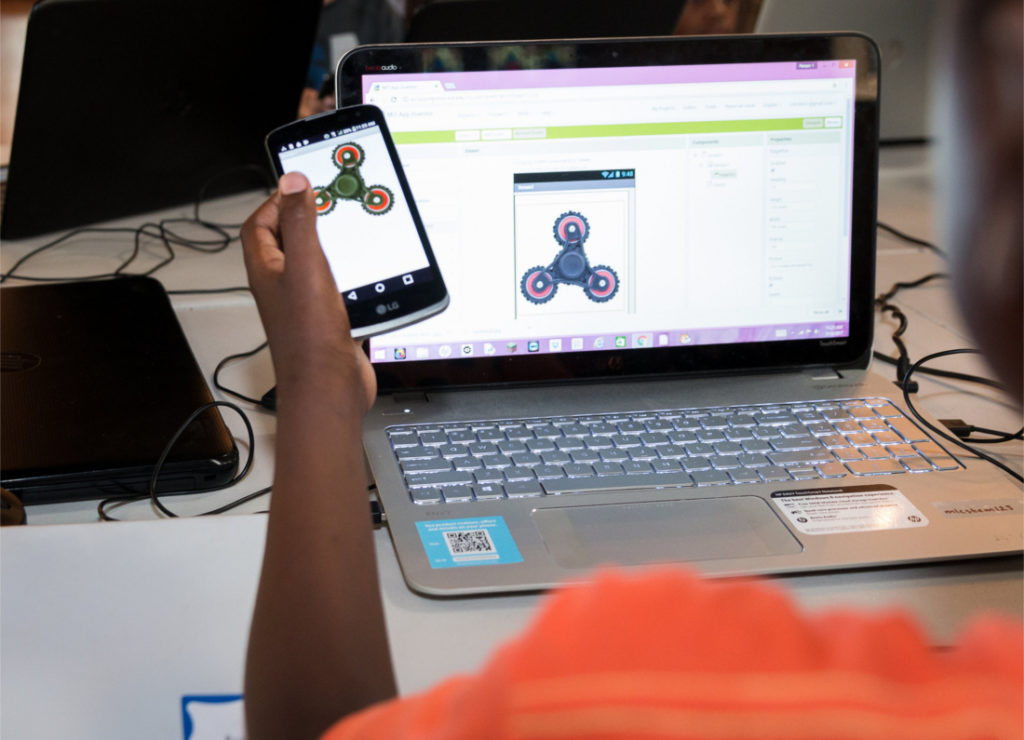
Minecraft Mania!
Minecraft is a widely popular 3D video game that lets users explore, construct, create, and interact inside an open and changeable virtual world. Each week’s instruction introduces a new world or civilization, with different missions, quests, or challenges. These tasks encourage students to learn, to think strategically, and to work together to accomplish their goals.
Students do not need a Minecraft account as we use a proprietary curriculum where kids access Minecraft using our accounts and explore and learn in our networked server.
Advanced students may have the opportunity to create their own world or explore Redstone.
Each week there are separate sections for new and returning students with different exercises and projects.
Entering Grades 1 and up in the Fall.
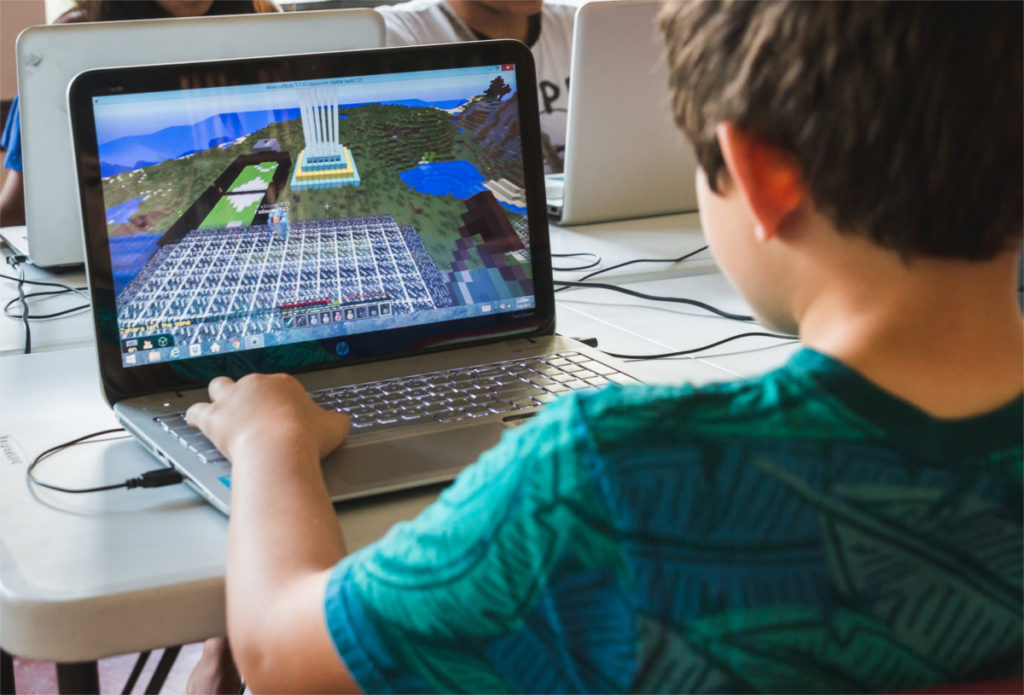
3D Design/3D Printing
Students experience the fun of creating 3D designs using a modeling software. Students push and pull surfaces to turn them into 3D forms. They then can stretch, copy, rotate, and paint these forms to create their own customized structures. These structures can range from buildings to various forms of transportation.
Students also are exposed to 3D printing technology through use of our 3D printer.
Each week there are separate sections for new and returning students with different exercises and projects.
Entering Grades 2 and up in the Fall.
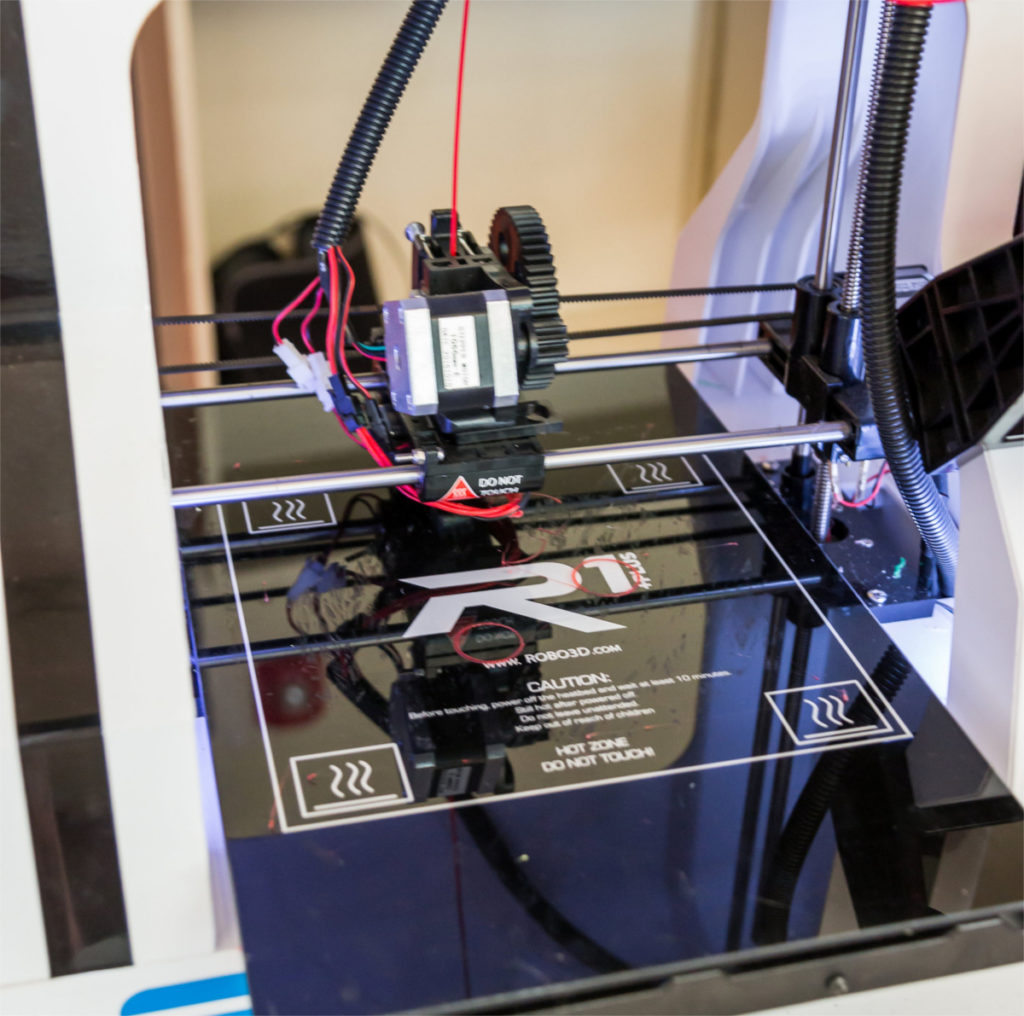
Digital Arts
Students will explore different digital arts techniques while using their creativity in a fun way:
- Using amazing brushes and symmetry, students will sketch and draw beautiful artworks
- Students will create short animations
- Students will learn to alter images to create surreal effects
Each week there are separate sections for new and returning students with different exercises and projects.
Entering Grades 2 and up in the Fall.
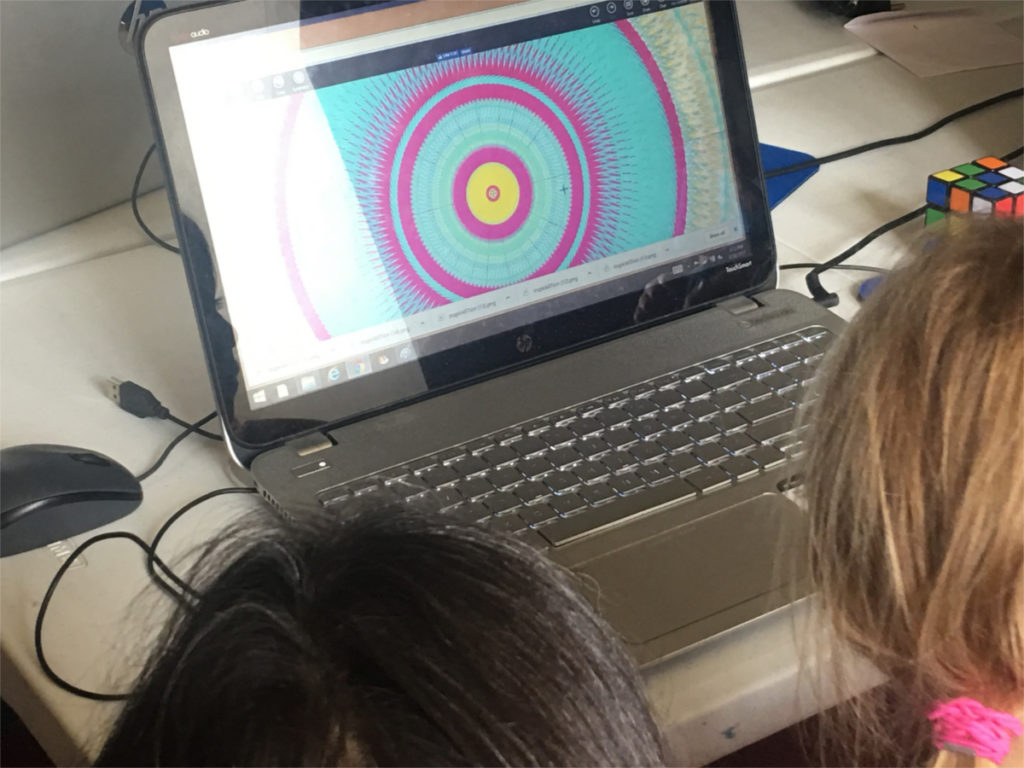
MAGIC & CIRCUS STEM
Learn magic or learn to juggle, to perform clowning and magic tricks. This is a hands-on class where the students will also learn the basic physics concepts involved in circus through fun experiments and engaging projects.
Each week will focus on one or two specific skills.
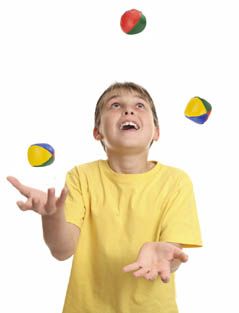
Roblox Game Design Studio
Students will take their video design to the next level by designing their own video game in Roblox. Students will use basic game design principles and their creativity to craft their unique games: from obstacle course to adventure game or racing game, the options are limitless!

Maker Lab
Our Maker Lab is for kids who love to tinker, design, build, and create.
Robotics
Students are introduced to the basics of robotics while working hands-on with various Lego® robotic systems, including Wedo, Mindstorms, Mindstorms NXT, and EV3; and VEX Robotics Systems. Students design and construct different robots and then program them to move, react, and solve various challenges.
Each week there are separate Beginner, Intermediate, and Advanced sections for new and returning students.
Entering Grades 1 and up in the Fall.

STEAM/Engineering
The programs in our STEAM (STEM+Art/Design)/Engineering camp let students explore different engineering paths and STEAM concepts, practice the Engineering Design Process through engaging hands-on activities and have fun while working in teams, experience in an engaging way how art and design can be integral parts of STEM-related fields.
Civil Engineering: Designing & Building Bridges
Team of students will learn about different types of bridges and Civil Engineering through a realistic, hands-on problem solving experience. Using the Engineering Design Process and STEM skills, students will design a bridge on a software, then build it and test it. The bridge will have to meet load, safety and budget constraints.
Entering Grades 1 and up in the Fall.
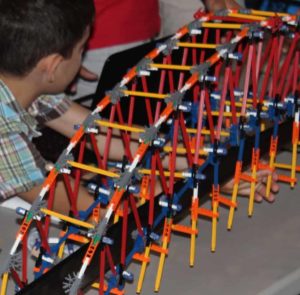
Mechanical Engineering: Roller Coaster Engineering
Our teams of mechanical engineers will apply basics of physics principles (Newton’s laws, force, energy, gravity, speed, friction) as they use the engineering design process to design and build their own roller coaster.
Entering Grades 1 and up in the Fall.
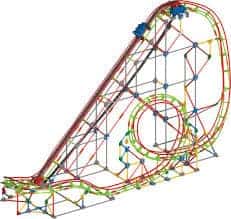
Aerospace Engineering: Rocketry
3, 2, 1…Blast Off! Students will shoot for the moon this Summer applying basic physics concepts (angles, trajectory, aerodynamics, thrust, Newton’s Laws) and the engineering design process in hands-on projects such as designing, building and launching their own rockets.
Entering Grades 1 and up in the Fall.
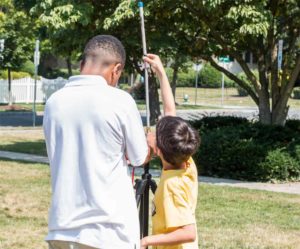
Electrical Engineering
Students learn the basics of electronics while conducting hands-on experiments with different educational kits. Students can build exciting and challenging projects such as AM radios, alarms, musical instruments, remote-controlled cars and more.
Entering Grades 1 and up in the Fall.
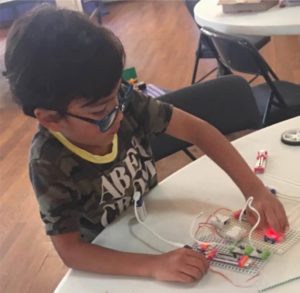
Environmental Engineering
Students will learn about environmental engineering and renewable energy through fun and engaging hands-on projects such as using the engineering design process to design and build innovative machines powered by the sun, the wind or water and engineer an oil spill cleanup solution.
Entering Grades 1 and up in the Fall.
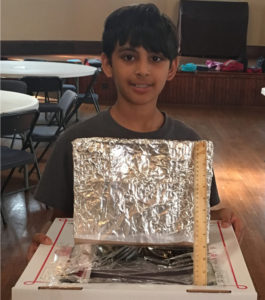
Transportation Engineering
This class introduces students to different transportation modes: cars, railway or flight and aerodynamics through the lens of STEM. Students will be exposed to the transportation engineering through experimental learning and hands-on activities.
Entering Grades 1 and up in the Fall.
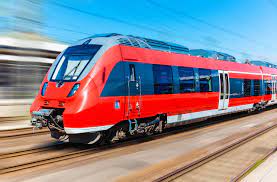
CSI STEM
You are the detective! Use your problem solving skills and explore forensic science to solve a mystery. Students will have fun engaging in the following activities: hands-on science experiments to analyze fingerprints, DNA an clues using chromatography, fiber analysis, chemistry and toxicology to identify unknown substances and liquids.
Entering Grades 1 and up in the Fall.
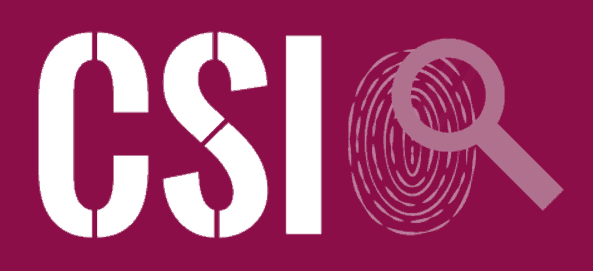
Kitchen Chemistry
Understand the chemistry behind food and cooking through hands-on projects and fun experiments. We will create delicious treats and amazing chemical reactions while learning about atoms, molecules and designing structure models.
Entering Grades 1 and up in the Fall.
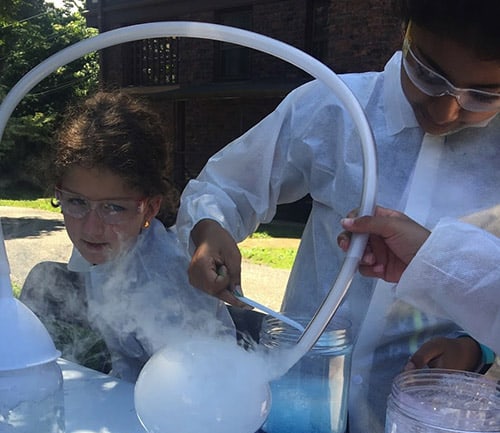
SPA Science
Make SPA products and understand the science behind them: fizzy bath bombs, sugary scrubs, aromatic bath salts, soaps and more.
Entering Grades 1 and up in the Fall.
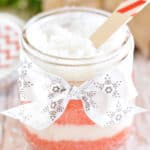
Doctor’s Academy
Explore the science behind cells, organs, muscles and bones through fun, hands-on activities. From understanding how an apple turns into energy and experimenting with model cells, organs, muscles, brain and skeleton. Students will make their own stethoscopes or a prosthetic arm.
Entering Grades 1 and up in the Fall.
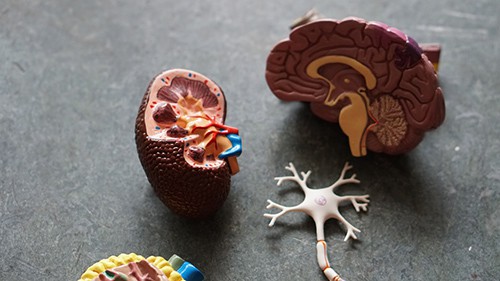
Architecture & Design
You are the architect and designer! You will create the blueprint of your dream house, skyscraper or city, then design it in 3D online, before building and decorating it. You will use engineering skills to add some electricity in your creation.
Entering Grades 1 and up in the Fall.
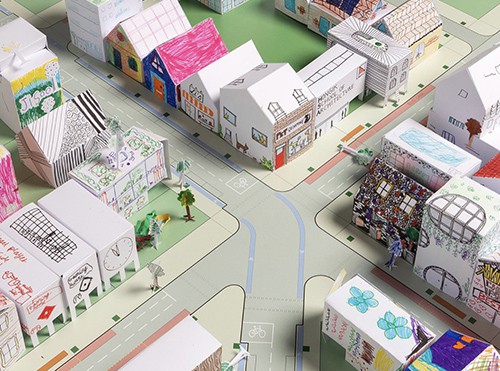
Tinker Lab
You are the engineer! Design and build a different project every week. Explore different areas of engineering through hands-on projects: electrical engineering, civil engineering, or mechanical engineering.
Entering Grades 1 and up in the Fall.
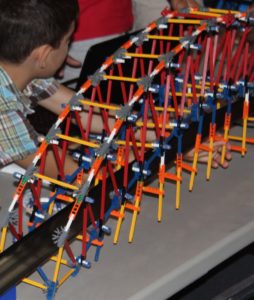
Pop Culture STEM
Harry Potter STEM
Calling all muggles to the Wonderful World of Wizardry. Design and build your blinking own magic wand, catapult to launch snitches, and mix up potions.
Entering Grades 1 and up in the Fall.
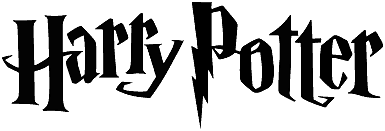
Pokemon STEM
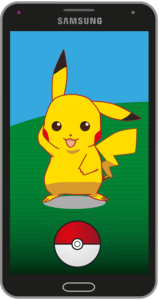
Problem Solving Games, Challenging Puzzles and Cubes
Students are exposed to challenging games, puzzles and cubes through interactive and fun challenges. They develop their curiosity, perseverance and problem solving skills while having fun.
Entering Grades 1 and up in the Fall.
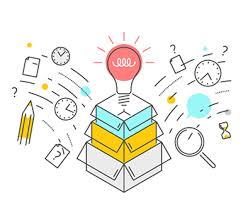
Beyblade Lab
Have fun with beyblades through hands on experiments while learning the basics of physics: momentum, inertia, friction and more. You will design your own beyblade and have time to battle your friends.
Entering Grades 1 and up in the Fall.
